The Truman Show 2 still hasn't materialized almost three decades since 1998's The Truman Show, so where is all the Truman Show 2 news? The Truman Show 2 still hasn't been made.
With the popularity of Jim Carrey's original movie, fans have been waiting for any The Truman Show 2 updates for a number of years. 1998's The Truman Show starred Carrey as the mild-mannered Truman Burbank — an unassuming Average Joe living in a seemingly idyllic town and leading a normal life. However, unbeknownst to Truman, his entire life has been a reality TV show. Every moment, from his birth to his first kiss to his serene life at the start of the movie, is staged. The Truman Show's unique premise — years before reality TV shows like Big Brother — made for a funny, compelling, and thought-provoking movie that won Carrey a Golden Globe and was nominated for three Oscars. By modern standards, The Truman Show 2 would seem like a sure thing — but, of course, there's no Truman Show 2.
Given The Truman Show's success, the fact there's never been a The Truman Show 2 release date put forward by a studio — even for a since-axed project — is perplexing. It's been 25 years since the original, but speculation around The Truman Show 2 has been ongoing — especially in the age of social media when its themes of invasion of privacy and where the line is for entertainment make The Truman Show 2 possibly more poignant than ever. Plus, with movies like Top Gun: Maverick proving it is never too late to return to a franchise, the time could be right for The Truman Show 2 to pick up after The Truman Show's ending. There have been almost three decades of rumors and misinformation when it comes to The Truman Show 2, so pinning down how close it's come to actually happening can be tricky. The Truman Show 2: Latest News Jim Carrey smiling and pointing in The Truman Show
After no real The Truman Show 2 new to speak of for years, a potential idea for how to carry on the story of a The Truman Show sequel was put forward in June 2023. The Truman Show writer Andrew Niccol pitched an idea for a series taking place after the Jim Carrey movie. The series would, in lieu of a feature-length The Truman Show 2, focus on the in-universe spinoffs that happened in the wake of Truman exiting his own show, focusing now on different characters who are also unknowing and unwilling reality TV stars. Niccol explained "there would be a network with multiple channels all starring a subject born on the show. If I set it in New York City, there would be girl living on the Upper East Side, a boy from Harlem."
Niccol continued to describe how these competing shows would soon begin to overlap with the unwilling stars suddenly forming a connection with each other. In a clever way, Niccol acknowledged how two people in this situation would be drawn to each other as "both sense that the other is acting differently from anyone they’ve ever met…because for the first time, they’ve met someone who is not acting!" It would be an interesting way of continuing the story instead of making The Truman Show 2, one that maintains the unique premise without simply remaking The Truman Show. The Truman Show 2 Is Not Confirmed Jim Carrey on the verge of tears in The Truman Show
There has been no confirmation on The Truman Show 2 ever happening as either a sequel, reboot, or TV series. Despite the success of the original movie and some ideas being thrown around over the years, no follow-up has ever been greenlit, and there's currently no The Truman Show 2 release date on the horizon. There have been multiple rumors since the release of The Truman Show that Jim Carrey is making The Truman Show 2, but these have all been false — although their frequency (and the fact they still emerge decades later) proves just how high demand actually is for a The Truman Show sequel. The Truman Show 2: Cast Jim Carrey looking in the mirror in The Truman Show
While it seems like The Truman Show 2 cast would obviously include Jim Carrey, that seems unlikely now even if the sequel did get off the ground. Carrey has been somewhat reluctant to make sequels in the past with Ace Ventura, Dumb and Dumber, and Sonic the Hedgehog are the only franchises he's returned to. While there was a time when the actor might have been persuaded to play Truman Burbank again, it seems unlikely now given Carrey announcing his retirement.
If Carrey were to turn down the sequel, it seems unlikely the filmmakers would try to recast him and would instead take the story in a new direction. If that is the case, there are few returning cast members from the original that would make sense for the cast of The Truman Show 2. However, it is possible Ed Harris could return as Christof, the creator of the show. A sequel to The Truman Show could find him attempting to recreate his hit show following its collapse in the original movie, for example, or be facing legal repercussions and social backlash decades later for creating the show in the first place. The Truman Show 2: Story Details An image of Truman Burbank standing with his arms outstretched in The Truman Show
There are a number of interesting directions The Truman Show story could take if there is indeed a continuation. The Truman Show ending finds Truman finally leaving the world he has known and venturing out into the real world, effectively ending the show. Having the sequel come more than 25 years later means that fans will miss out on the most interesting aspect of Truman's story which is seeing how he deals with starting his life from scratch. By the time the sequel starts, he would have built a new life on the outside.
Carrey had an idea for The Truman Show 2 which would have been a surprisingly bleak way to continue the story. Carrey suggests that the way people consume media would have made for a lonely new reality for Truman, suggesting "he was alone out there, too, because everybody went back inside. They all wanted to be in the dome." He also pointed to the modern era of YouTube channels and TikTok accounts meaning so many people have their own small Truman Shows making a follow-up an interesting area to explore.
Niccol's idea for a television series about the star-crossed lovers on competing shows is another solid idea for the follow-up. The premise fits into the timeline of the original movie while also having the benefit of not needing to include Carrey if he is not interested in returning. With these ideas discussed before, there is still hope for The Truman Show 2 happening. source
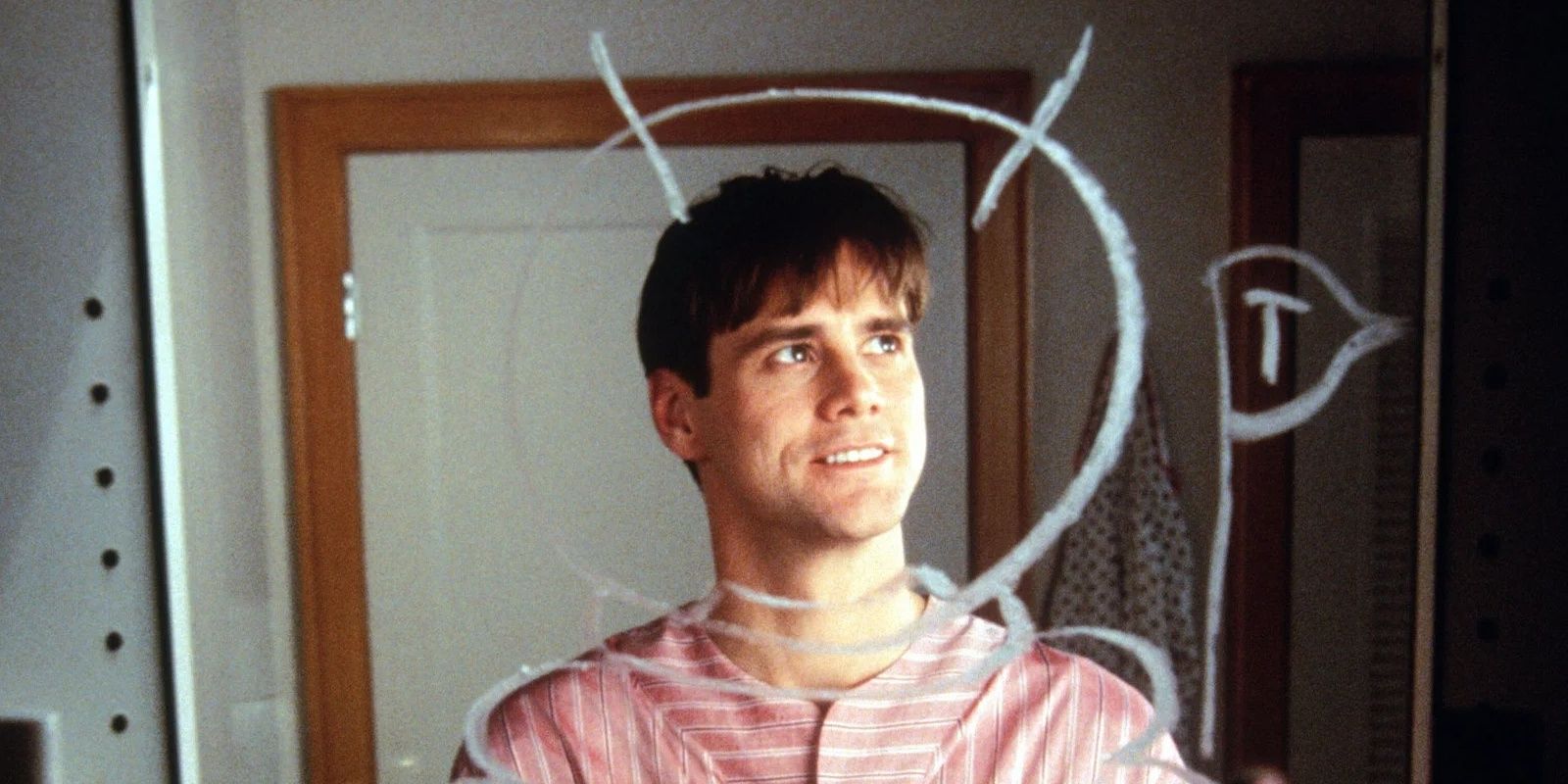



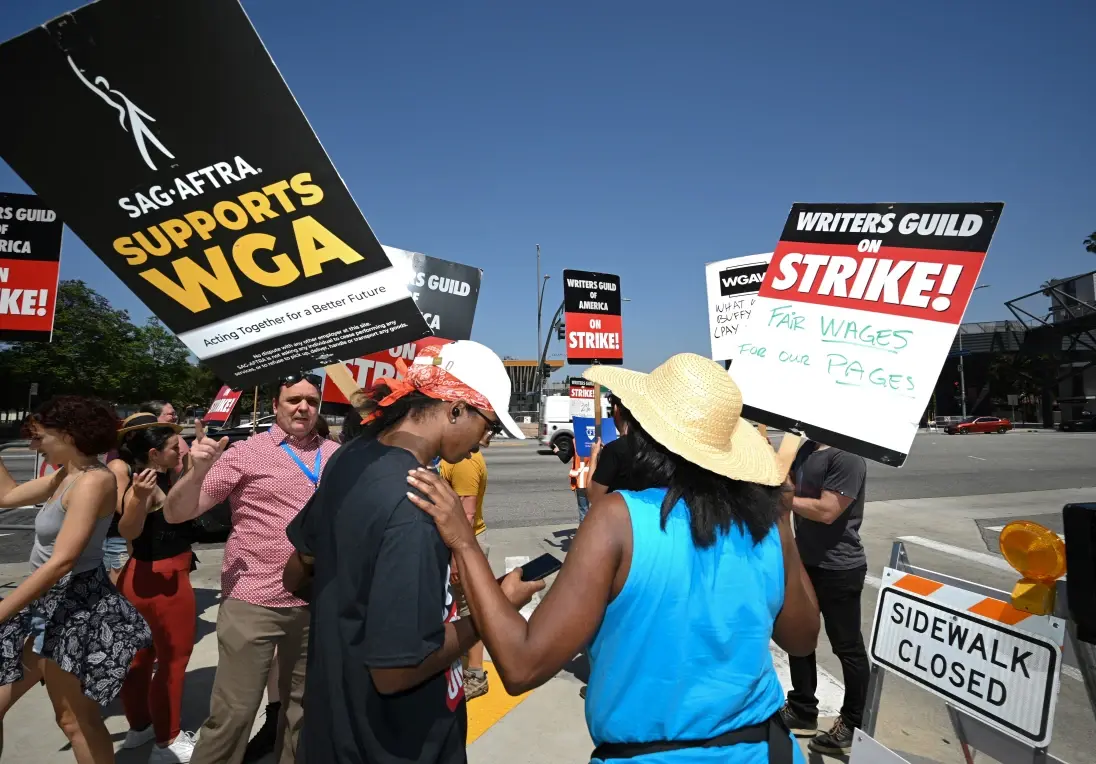
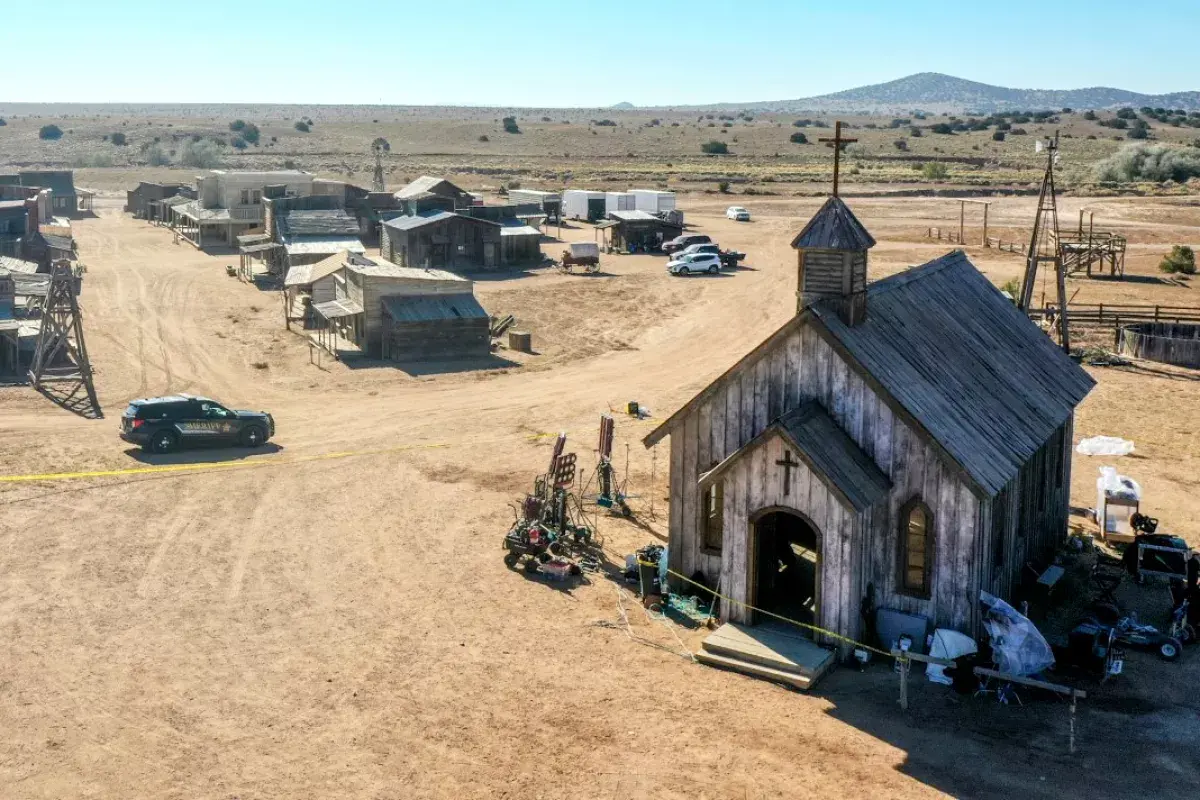
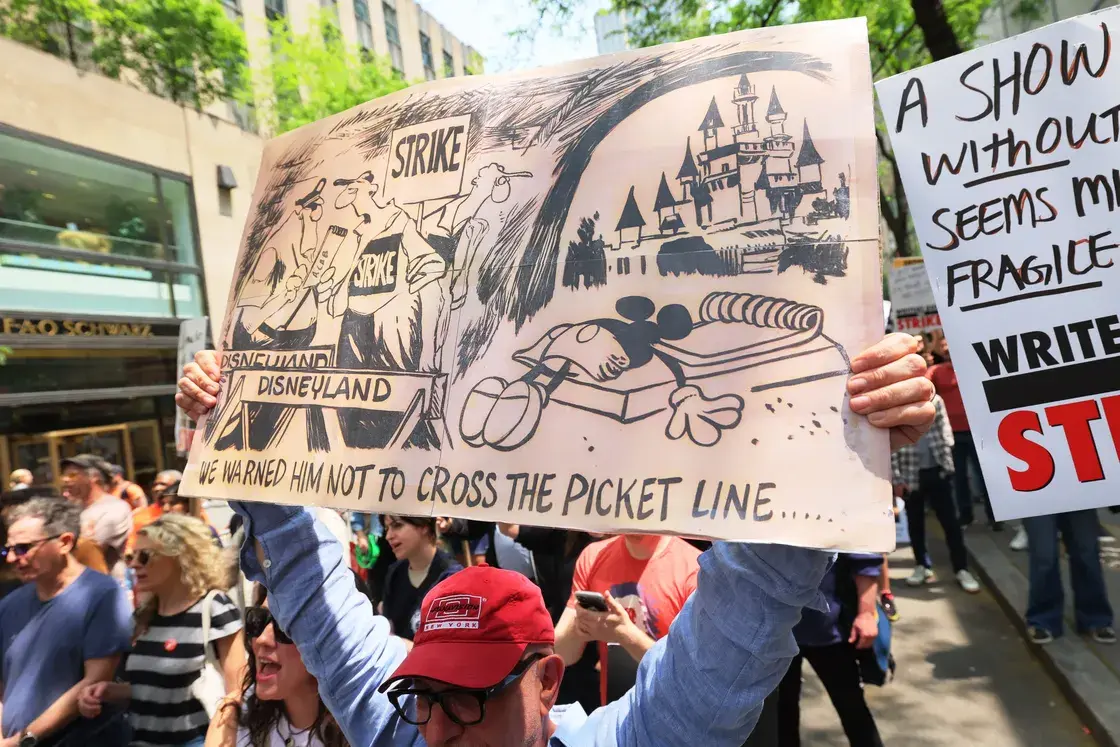 Michael M. Santiago/Getty Images
Michael M. Santiago/Getty Images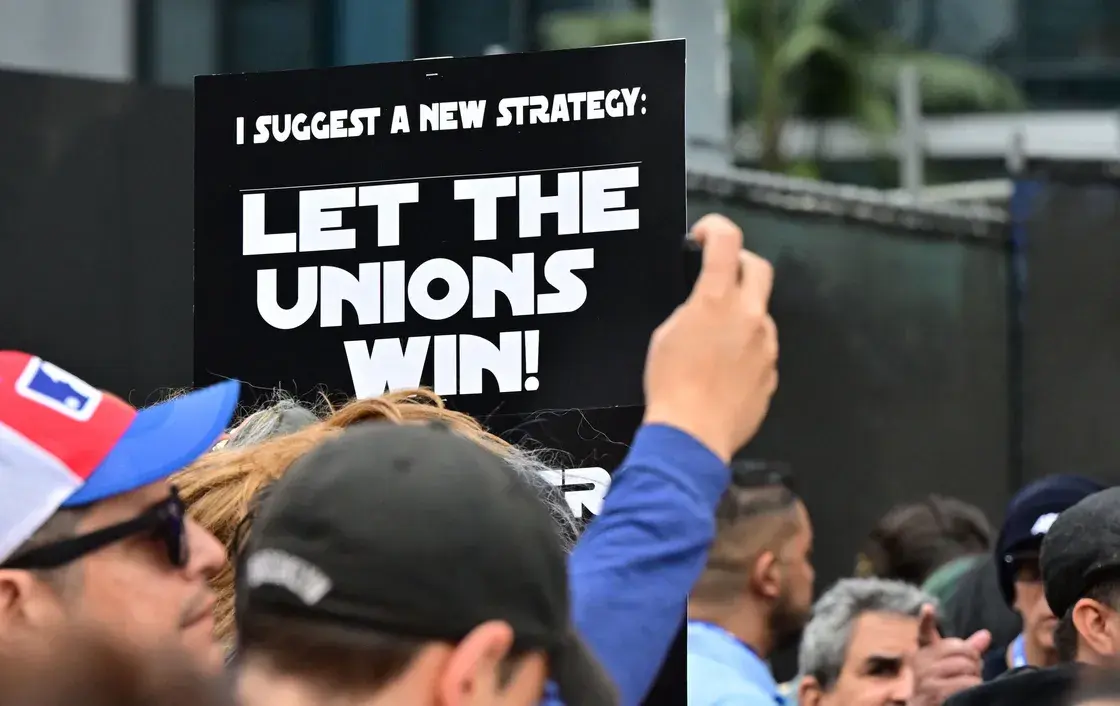 Demonstrators at the WGA strike on May 26 in LA.
Frederic J. Brown/AFP via Getty Images
Demonstrators at the WGA strike on May 26 in LA.
Frederic J. Brown/AFP via Getty Images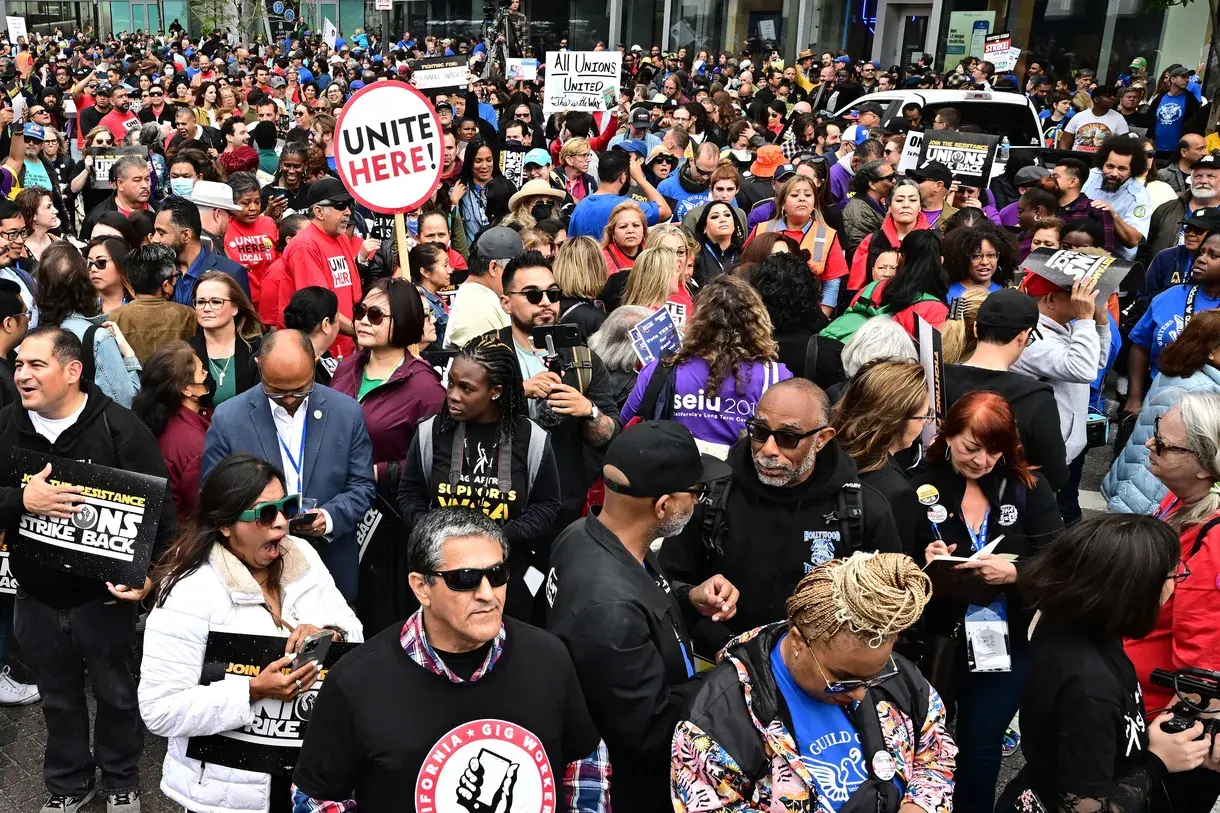
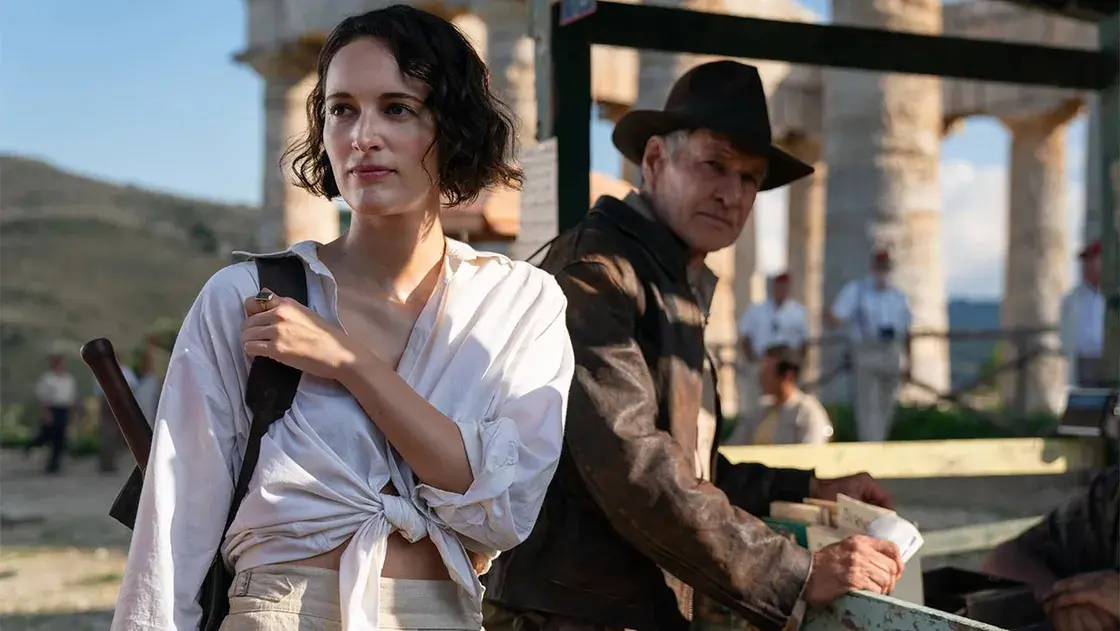 Phoebe Waller-Bridge and Harrison Ford in Indiana Jones and the Dial of Destiny.
Disney
Phoebe Waller-Bridge and Harrison Ford in Indiana Jones and the Dial of Destiny.
Disney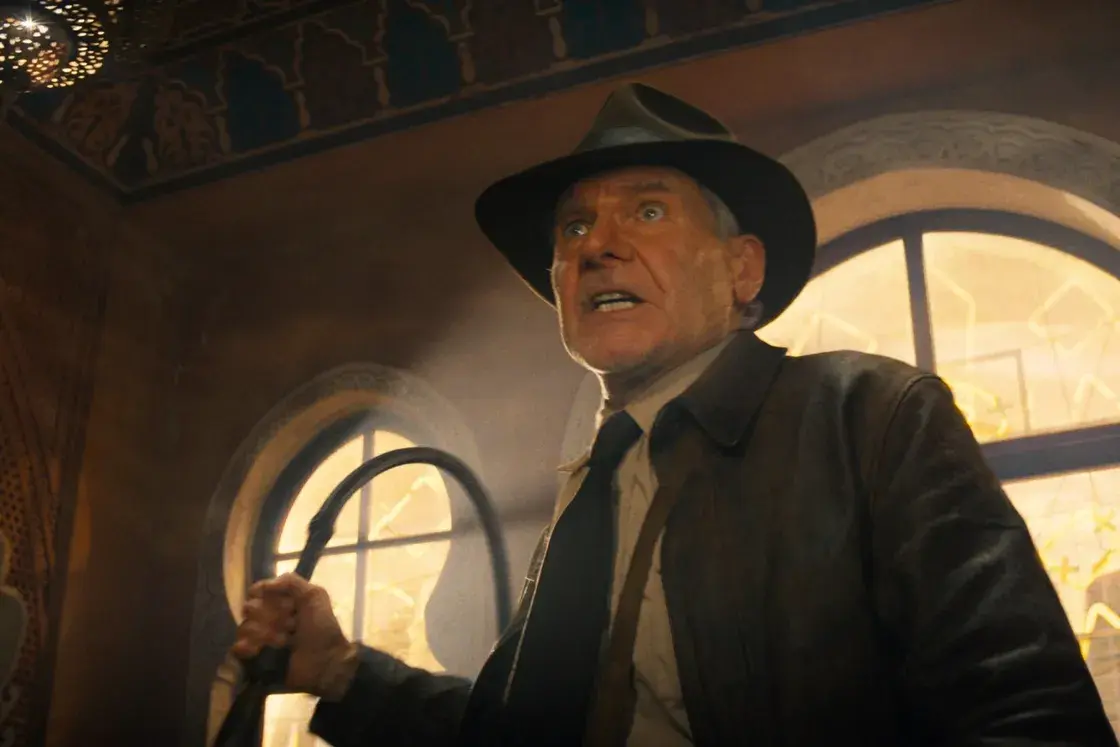 Harrison Ford looks fierce, wielding a bullwhip in one hand, fedora on his head.
Indy still has his fedora and his whip, of course.
Harrison Ford looks fierce, wielding a bullwhip in one hand, fedora on his head.
Indy still has his fedora and his whip, of course.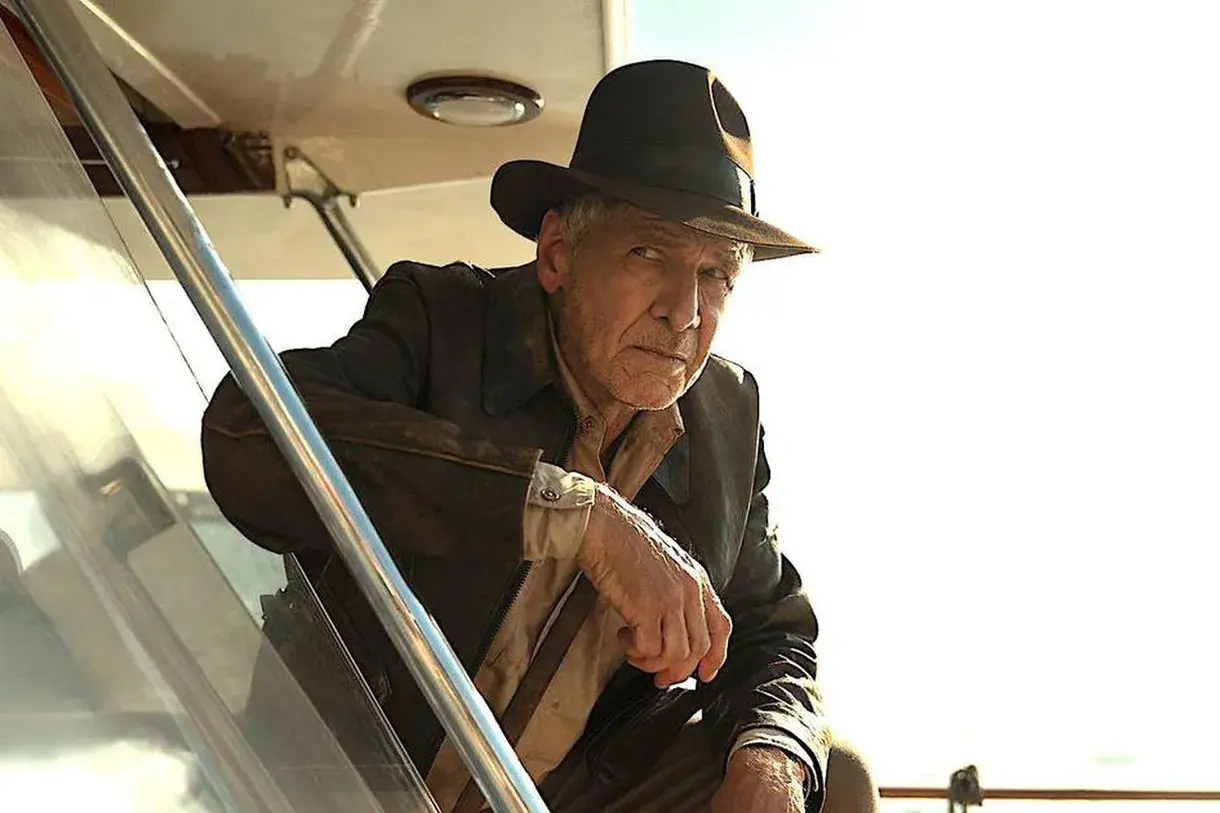
 A selection of index cards from casting director Marion Dougherty’s collection.
A selection of index cards from casting director Marion Dougherty’s collection. A white 3 by 5 index card in a museum gallery case, in a row with several other cards on a black background, with casting director Marion Dougherty's hand-written notes about her impressions of rapper/actor Ice T. It reads “Very good as lead in ‘New Jack City.” A kind, almost poetic quality.”
A white 3 by 5 index card in a museum gallery case, in a row with several other cards on a black background, with casting director Marion Dougherty's hand-written notes about her impressions of rapper/actor Ice T. It reads “Very good as lead in ‘New Jack City.” A kind, almost poetic quality.” Casting director Marion Dougherty's index card for actor Charlize Theron. She describes her as “blond very pretty — not a bimbo at all” and says she “has a lot of poise.”
Casting director Marion Dougherty's index card for actor Charlize Theron. She describes her as “blond very pretty — not a bimbo at all” and says she “has a lot of poise.”

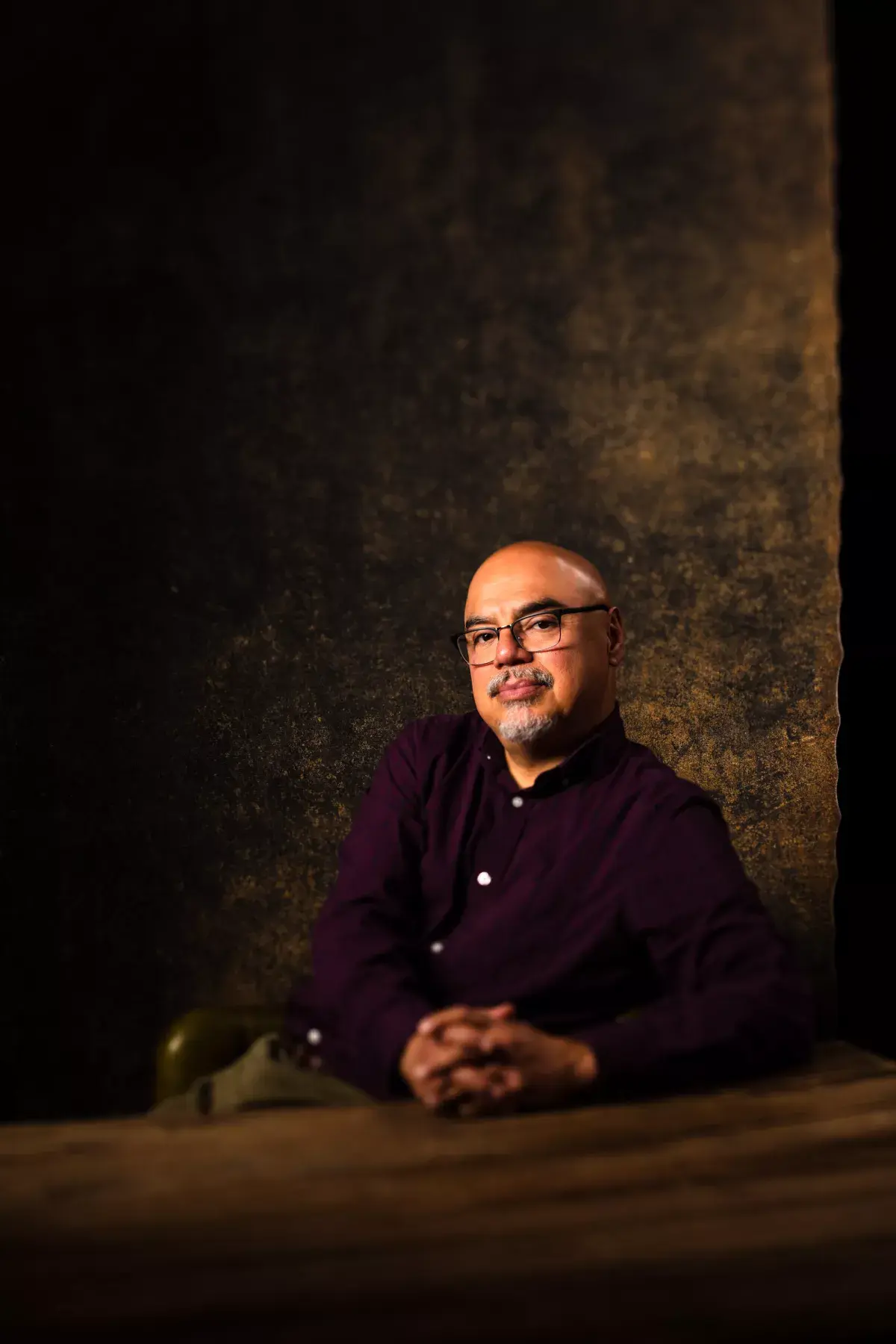

IRC will never die! I mean, it probably will eventually. It's still fairly popular with Linux users, and even stil preinstalled on some distros